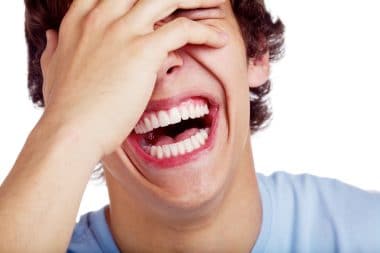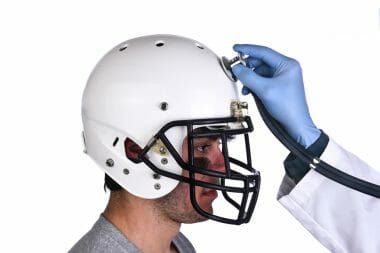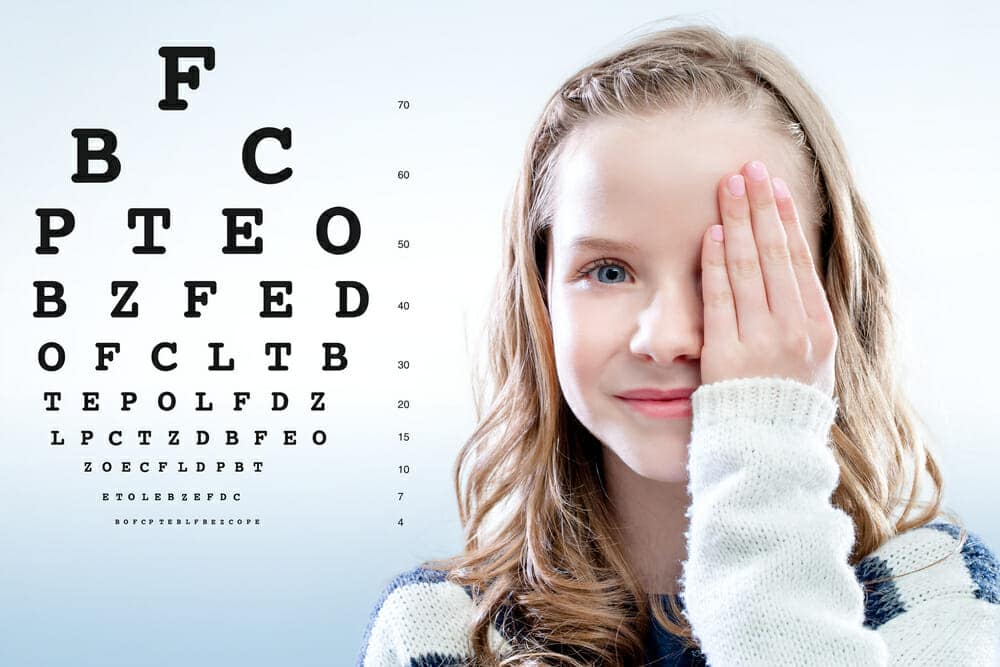Concussions have been in the news a lot since the movie with Will Smith came out in 2015. Like many other “hidden conditions”, concussions have unfortunately been around as long as contact sports. The money to be made with athlete endorsements, big multi-million dollar contracts and social media is at an all-time high. College and Professional athletes are idolized for their physical prowess. The public doesn’t want to consider their idols “human” which is part of the reason the mainstream is slow to change.
I played twelve years of professional football so I have seen my fair share of concussions and the nagging after effects. My best friend, Steve, was an all-star linebacker at the University of Arizona, leading them to the Cotton Bowl as a freshman! Like other collegiate All-Stars, he was acknowledged and admired by his peers and fans.
Unfortunately, playing that position made him more susceptible to concussions. As an inside linebacker, he would get a five yard running start to “stuff the running back in the hole”. The momentum and damage from those repeated impacts both in practice and in games had consequences. I got to experience his “sticking his face in the hole” while playing High School football. One particular game he was looking at me in the huddle, blood running down his face.
“Steve, you’ve got blood on your face,” I told him.
There was a long pause as he contemplated what I had said…
“Does it look mean?” was all he said.
That was, and for the most part, still is, how players consider injuries. They have grown up being told to “rub some dirt on it” and get back out there.
Luckily, today we are supposed to be more educated on the dangers of concussions, not only in athletes, but in everyone. Car accidents, amusement park rides and even equestrian events can cause mild traumatic brain injury (mTBI).
The inspiration for this article is two-fold.
1) My friend, Steve, went on to commit suicide at the young age of 22. He had suffered from an ankle injury which prevented him from “being the best”. He was always putting an immense amount of pressure on himself to achieve elite status at everything he did. I remember a time when we were sitting on the jungle gym at a local playground when he told me he “wanted to be the best football player to ever play the game”. That’s pressure! I believe the multiple head injuries he experienced during his younger days may have led him to this horrible end.
2) My own father has been diagnosed with early-onset Dementia. He is an example of someone that played football as an undersized kid but finally quit at the age of 16. His father passed away from advanced Alzheimer’s at the age of 72. As of the today, my dad is 73. I don’t know if his Dementia was caused by his early head traumas but the fact that he has this cognitive impairment scares me to death!
How could I help people suffering like Steve and my Dad?
After my football career ended I went on to become a Doctor of Chiropractic and focused on sports nutrition. But more on that in a minute…
There are a multitude of assessment tools out there for concussions. The NFL has teamed up with the CDC and created the SCAT4 test. This assessment tool incorporates 4 tests in one. While that may seem “good” I personally prefer a simpler approach.
The King-Devick test is an easy to understand and, more importantly, to implement during athletic events. Every athlete is given a baseline assessment in the offseason so that they can easily compare themselves to, well, themselves! There is no standard that everyone should be compared to with the SCAT4 test.
The King-Devick test utilizes a visual test that is timed. This makes it easy to stay objective. If, after a mTBI, an athlete takes longer to do the test, compared to their baseline, then they fail. It consists of a series of numbers that they read. Sometimes concussed individuals start reading incorrect numbers or even say words instead! Scary stuff, but it’s a quick and easy way to assess cognitive function.
I recently met with the ladies from Beyond Concussion Center, a concussion support group located in San Diego, California. They had experienced the devastation, and frustration, of concussions personally and with their own children. The lack of consistency with how concussions are evaluated and a standard “return to school/return to play” protocol was evident. Let me be clear, I am not blaming the schools or even the School Districts for this lack of consistency. It is up to the parents to let their voices be heard.
This is my call to action! We must contact ALL school districts to initiate baseline testing for their student athletes… ultimately ALL students should be assessed. There is a neurometabolic cascade of events that occurs in the brain after an mTBI that can be addressed but NOT if there is no assessment tool utilized to determine if they have had a concussion in the first place!
I’ll cover that “cascade of concussion” in another article but summarize it here. The basic problem is that trauma causes a massive depolarization of the neurons in the brain that leads to ionic changes causing an enormous energy crisis. This leads to headaches, visual disturbances, phonophobia and more. The neurons themselves can be damaged via the mechanical trauma involved which leads to cognitive dysfunction and prolonged susceptibility to future brain injury.
Contact your school board and ask them if they perform baseline tests on their student athletes. If not, refer them to the King-Devick Test website.
My personal experience with concussions during 12 years of professional football is frightening. It was so engrained that we were warriors out there and “only the tough survive” that signs of serious cognitive injury were ignored. Players were often teased for not getting back into the game after “getting their bell rung”.
I can recall 4 particular incidences where I experienced a concussion. I am sure there were more but, technically, I never officially had any.
Concussion Number 1
The first I can remember was during practice. It was later in my career, I was 30 years old, and we were in a one on one blocking drill. I lined up against the offensive lineman and waited anxiously for the whistle to blow. I exploded out of my stance and hit my facemask directly on his facemask. The resulting jolt caused my eyes to cross. This had happened before, but this time, they stayed crossed for a full minute or two. Eventually I “shook it off” and returned to practice without even a mention to the trainer.
Concussion Number 2
The second concussion I remember was when I was running down on a kickoff and decided I was going to run over the guy trying to block me. I juked one way, and thought to myself, “ok, youngster, let’s see how you handle me steam rolling you”.
I opened my eyes and noticed I was staring straight up at the lights. I had literally been knocked out for just a second or two but had no recollection of what had happened.
The rest of the concussions I just assume occurred because, how could they not? People often ask me how many I had to which I reply, “If I knew EVERY one, then it wouldn’t really be a concussion, would it?”








Reply